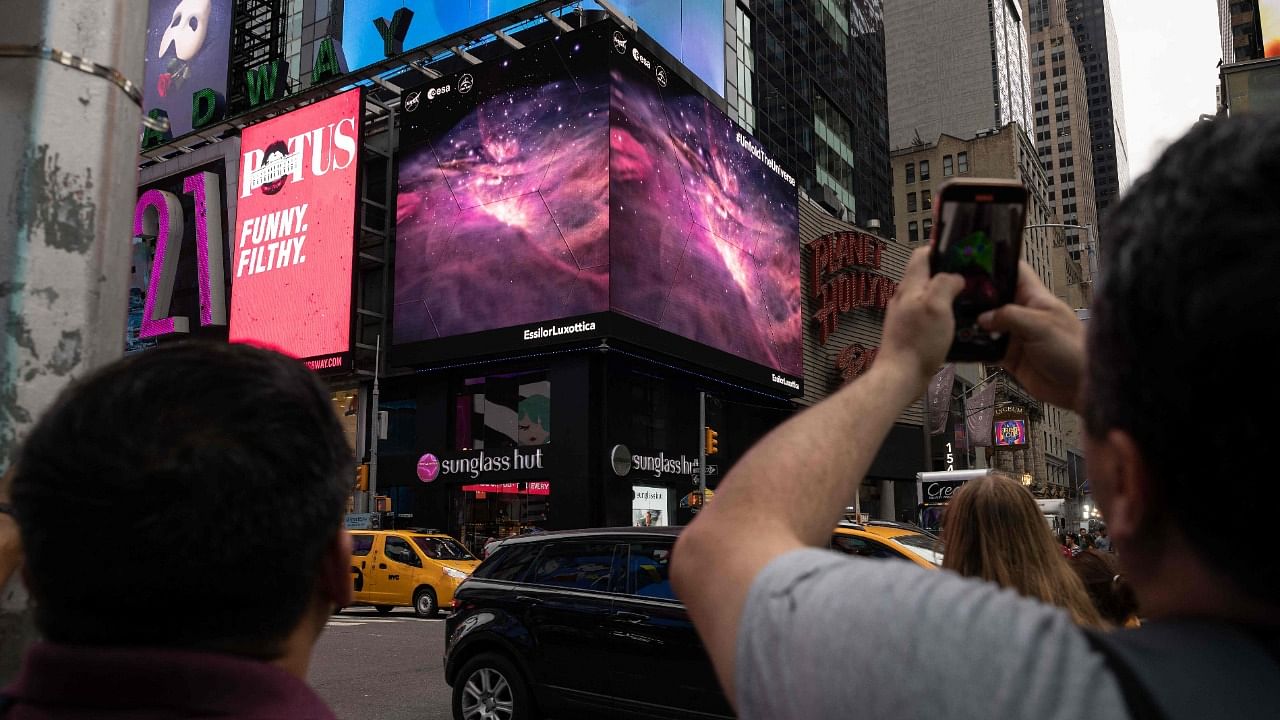
Two Indian astrophysicists probing star birth would be among hundreds of scientists from all over the world, who would start using the James Webb Space Telescope that sees the universe far back in time in unprecedented clarity.
Manoj Puravankara at Tata Institute of Fundamental Research, Mumbai will begin his observation later this month whereas, for Jessy Jose at the Indian Institute of Science, Education and Research, Tirupati, the Webb time starts from April 2023.
“JWST's unprecedented sensitivity, angular resolution, and spectral resolution allow us to study various parameters that shape and regulate the formation of stars and planetary systems,” Puravankara told DH.
He is a part of an internal team along with researchers from the USA, Canada and Europe that will use JWST to study stars that are being born across a mass range from 0.1 to 12 solar masses.
“It is in the earliest phases of star formation that most of the stellar mass is built, and protoplanetary disks - the birthplaces of planetary systems - are assembled. We seek to obtain spectra of these sources with NIRSpec and MIRI instruments on board JWST,” he said. The team will have nearly 65 hours of observation time over the next year.
Jessy Jose and her collaborators, on the other hand, will focus on a star-forming region close to the centre of the Milky Way. “Because of its sensitivity, JWST can see the stars hidden inside massive molecular clouds,” she said. The IISER collaboration will get 27 hours of observation.
Also Read | Explained: Significance of James Webb Space Telescope's First Deep Field image from NASA
NASA’s next-generation space science observatory, the James Webb Space Telescope, over the next two decades, is likely to help scientists solve the mysteries of the solar system, looking beyond to the distant worlds around other stars, and probing the mystifying structures and origins of the universe.
It is an international project led by NASA, along with its partners ESA (European Space Agency) and the Canadian Space Agency.
Compared to the Hubble Space Telescope, Webb could see the cosmic world at a much broader range of wavelengths. In addition, its primary mirror is of 6.5 mt diameter as against Hubble’s 2 mt mirrors. Also, its detectors are optimized for longer wavelengths as a result of which it can see radiation from very distant star-forming galaxies.
“Webb can see young stars deeply embedded in dust that extinguish the light emanating from the stars,” said Puravankara.
